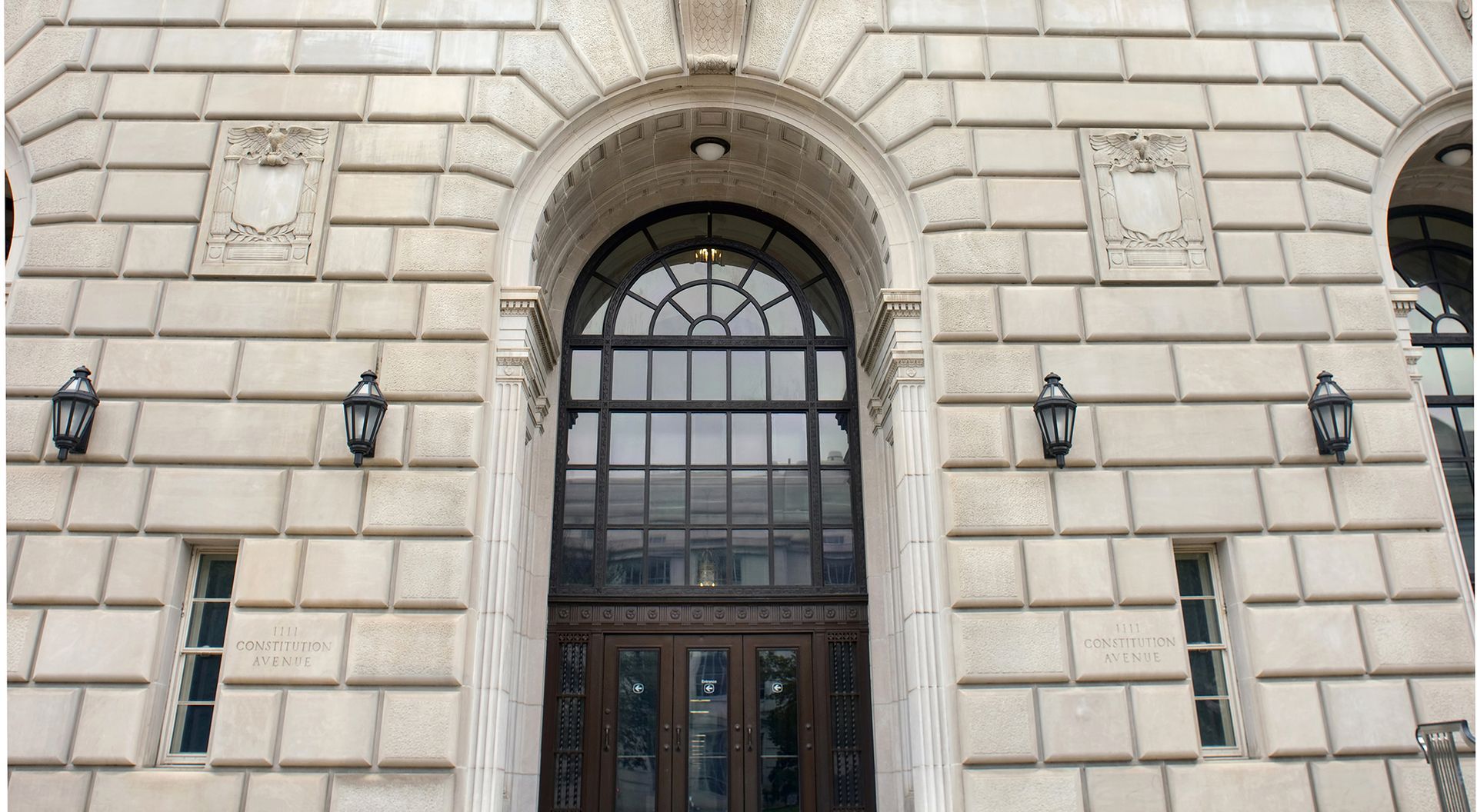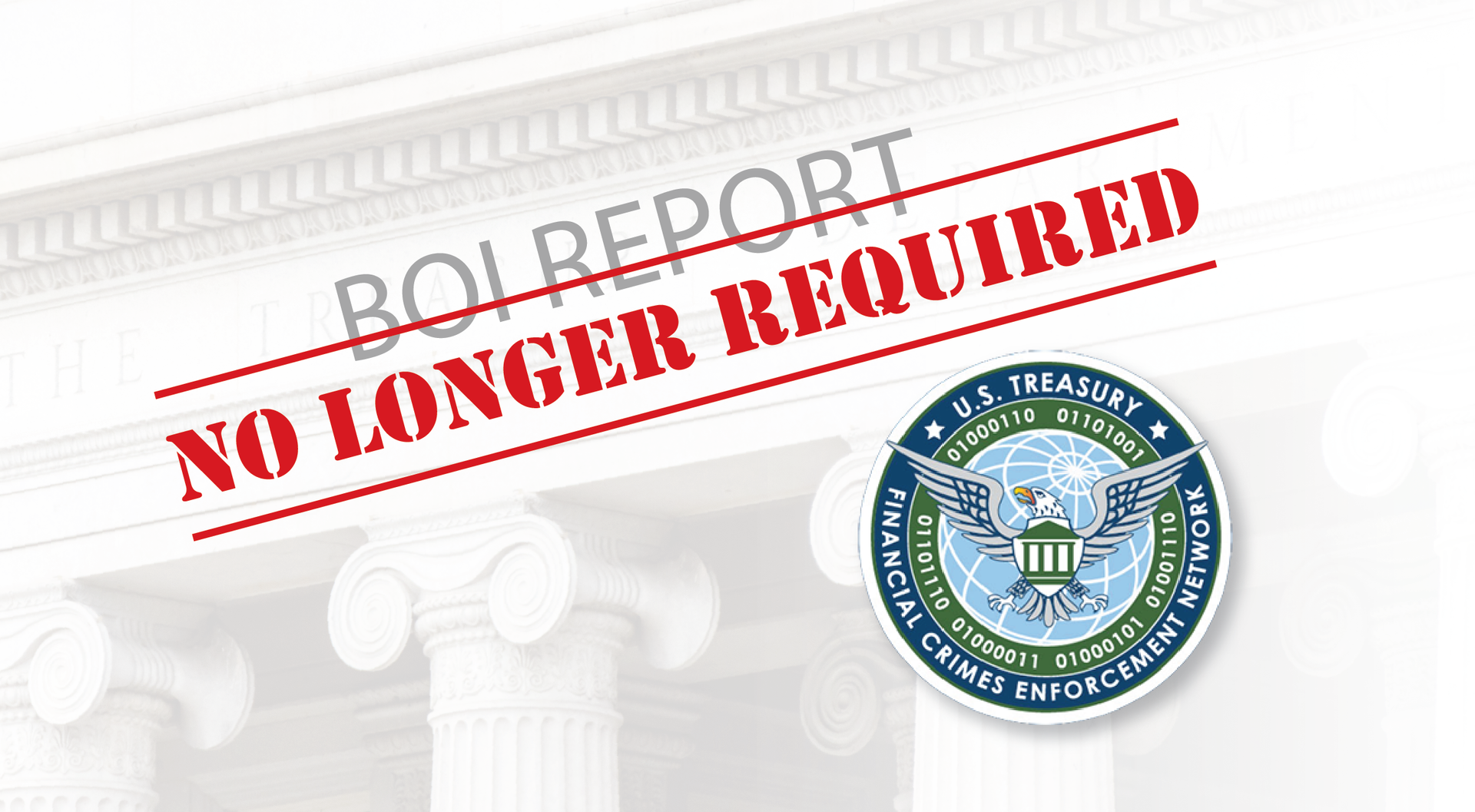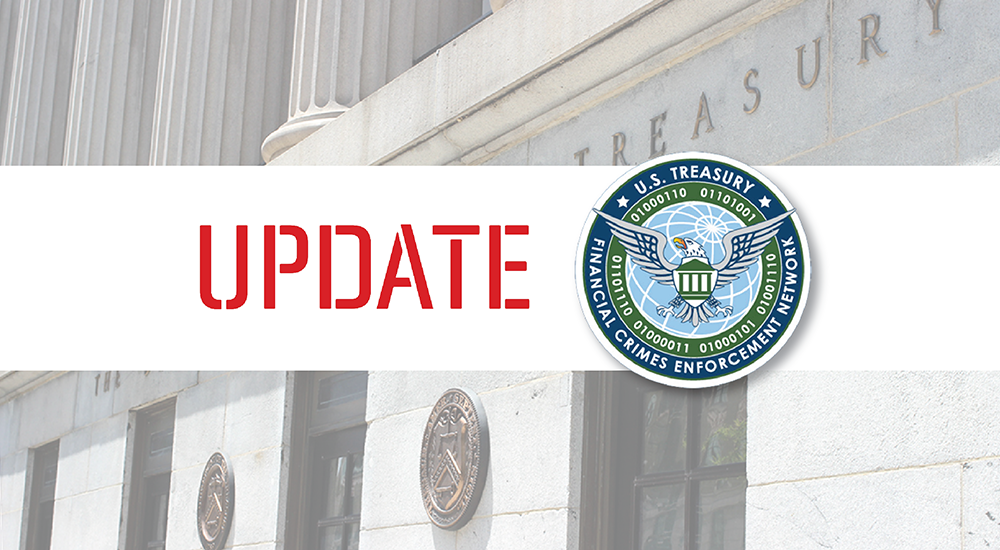Challenges to Nomination Petitions in Local Races
Running for local office is a daunting task, especially for those trying their hand for the first time. The first step in running for office is to prepare your nomination petitions. While most candidates are familiar with obtaining the requisite signatures to get on the ballot, it is important to understand the pitfalls, challenges, and often-petty objections you might face upon filing your nomination petition.
Of course, everyone understands that there is a minimum amount of signatures required to get on the ballot, however, most local races also have a “maximum” amount of signatures allowed, which is usually computed as 8% of the total ballots cast in last election for the same office. The local electoral board will ignore any signature over the 8% threshold even if there was an insufficient amount of valid signatures before the 8% threshold was reached. Therefore, it is important to insure that all petitions signers are valid, registered voters, who are able to vote for the office in which you are running. In addition, it is best practice not to exceed the maximum amount of signatures; because you might face a challenge (although constitutionally improper), claiming that too many signatures invalidates the entirety of your petition. While courts have held that a candidate cannot have too many signatures, that still might not prevent someone from raising an erroneous challenge which you will have to defend.
As noted above, some the common challenges are often very petty. For instance, nomination petitions are often challenged based on the manner in which they were bound. The law requires that the petitions “be neatly fastened together in book form by fastening them together at one edge in a secure and suitable manner.” 10 ILCS 5/7-10. Of course, the law does not specifically dictate what type of binding is acceptable. However, case law interpreting the statute has found that as long as the integrity of the petition papers cannot be destroyed without removing the binding mechanism, then the petitions are properly bound. Therefore, paperclips and binder clips should be avoided in favor of hole punched Acco style prong fasteners or larger secure staples. Opposing candidates will look for any possible way to challenge your petition and keep you off the ballot, so it is best to make sure you do not open yourself up to petty and easily avoidable challenges.
In that vein, make sure that each signature page is properly numbered, notarized and completed by the correct circulator. Failure to number your petition pages consecutively will result in an automatic striking of your petition. Similarly, failure to notarize and have each signature page completed properly could result in a full invalidation of your petition packet.
In sum, be educated and aware of the pitfalls of the nomination petition process. Spending time fighting a petition challenge, whether petty or substantial, takes time, energy, and money away from critical campaigning. The traps and snares of the process are easily avoided, especially if you take the time to have your petitions reviewed by a qualified election attorney before filing. If you have any questions on this matter or election law in general, please contact Joe Vito at jvito@lavellelaw.com or at 847-705-7555.
More News & Resources
Lavelle Law News and Events












